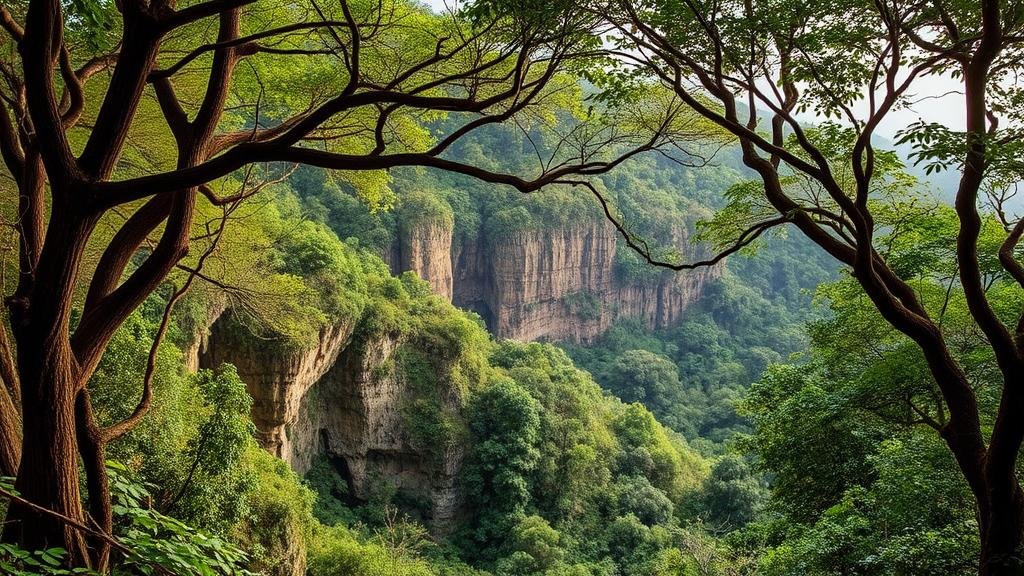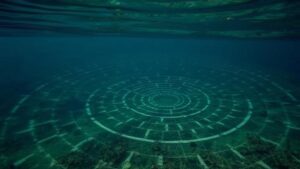Searching for the mysterious city of Gedi on Kenya’s coastal forests.
Searching for the Mysterious City of Gedi in Kenya’s Coastal Forests
Gedi, an enigmatic archaeological site nestled within the lush coastal forests of Kenya, continues to captivate historians, archaeologists, and travelers alike. Once a thriving Swahili settlement, Gedi is a testament to the rich cultural tapestry of the East African coast. This article delves into the mysteries surrounding Gedi, exploring its history, archaeological significance, and the intrigue it holds for modern adventurers.
Historical Background of Gedi
The origins of Gedi date back to the 12th century, flourishing as part of the trade routes that connected East Africa to the Arabian Peninsula and beyond. It is believed that Gedi was established by the Swahili people, a coastal community that engaged in trade across the Indian Ocean. The city reached its peak between the 15th and 17th centuries, boasting impressive architecture and advanced infrastructure.
Historically, Gedi is notable for its stunning coral stone buildings, which showcase intricate craftsmanship. Noteworthy structures include the Great Mosque, built around the late 15th century, and a royal palace believed to have housed local chieftains. Gedis strategic position along the coast allowed it to become a hub for trade in gold, ivory, and spices, contributing to its wealth and cultural diversity.
Rediscovery and Archaeological Significance
Gedi was abandoned by the late 17th century, possibly due to a combination of overexploitation of resources, environmental changes, and shifting trade routes. The site remained forgotten for centuries until its rediscovery in the early 20th century. Excavations began in the 1940s, revealing an extensive network of ruins that sparked interest among researchers.
The archaeological significance of Gedi lies in its well-preserved structures and artifacts, providing insight into the Swahili civilization. Gedis ruins are often compared to similar sites such as the island of Lamu and the city of Kilwa Kisiwani, making it a vital piece of the puzzle in understanding the pre-colonial history of the East African coast.
The Gedi Ruins Today
Today, Gedi is managed by the Kenya National Museums and is a designated National Monument, attracting tourists and scholars alike. The site sprawls over 45 acres and includes numerous structures, pathways, and a dense forest teeming with wildlife. Visitors can walk through the ruins, exploring ancient houses, the great mosque, and the remnants of the royal palace.
- The Great Mosque of Gedi: One of the most prominent landmarks, showcasing intricate Swahili architectural design.
- The Royal Palace: Evidence of the social hierarchy and lifestyle of the citys leadership.
- The Local Flora and Fauna: The forest surrounding Gedi is home to numerous species, making it a biodiversity hotspot.
Adventurous Exploration: Visiting Gedi
Visiting Gedi offers a unique blend of adventure and education. Tourists can take guided tours that not only highlight the archaeological aspects of the site but also delve into the surrounding ecosystem. Also, the site is conveniently located near popular coastal destinations such as Watamu and Malindi, making it an ideal stop for those exploring Kenya’s coastline.
Access to Gedi is straightforward, with road connectivity from major towns. Guided tours often include transportation, entry fees, and insightful commentary from knowledgeable guides who bring the site’s history to life.
FAQs About Gedi
- What is the best time to visit Gedi? The dry seasons from June to October and January to February offer the most comfortable weather for exploration.
- Is Gedi suitable for families and children? Yes, Gedi is an educational site that offers a safe and engaging experience for families.
- Are there any facilities available at the site? Basic visitor facilities such as restrooms and information centers are available, with options for local guides and tour services.
Actionable Takeaways
For those intrigued by history and adventure, Gedi presents an unparalleled opportunity to explore a once-thriving city that continues to reveal its secrets. Whether you are a history buff, a nature lover, or a casual traveler, visiting Gedi can enrich your understanding of the cultural heritage of the East African coast.
As you plan your visit, consider the following:
- Research the best travel months to enjoy optimal weather and fewer crowds.
- Engage with local guides to deepen your knowledge of the sites history.
- Make time to explore the surrounding coastal area, including national parks and other historical sites.
Gedi stands as a reminder of the complexity and richness of Swahili culture, waiting to be discovered by those willing to step into its storied past.



